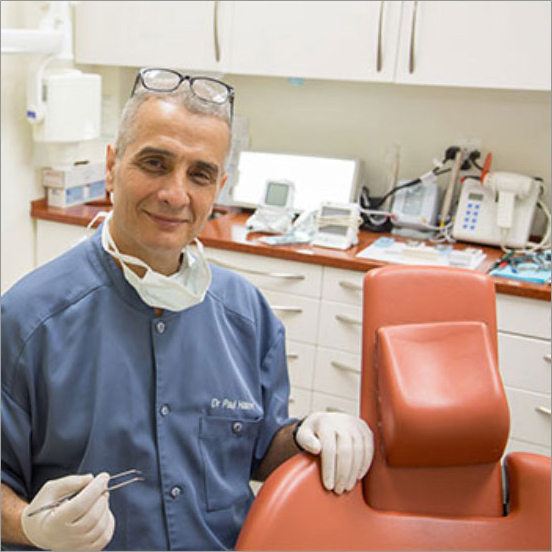Gum treatment (curettage)
Gum disease can be treated in a variety of ways, depending on the severity of the disease and how a patient has responded to previous care.
Treatment of gingivitis
Gingivitis is an early stage infection and inflammation of the gums. It is manifested by bleeding gums but without affecting the bone that supports the teeth.
Gingivitis can be treated by:
- Thorough oral hygiene care at home, including regular brushing and flossing at least once a day. Rinsing with salt water or a disinfectant solution (Chlorexidine, Listerine, etc.) is also recommended.
- Dental cleaning, including scaling every six months to remove plaque and tartar.
- The dentist may advise brushing with a mixture of baking soda and peroxide. Since this paste is abrasive, it is recommended not to aggressively rub the gums and teeth.
Treatment of periodontitis
Periodontitis is a more advanced infection of the gums. It is manifested not only by bleeding gums, but also by teeth that move slightly or severely, bad breath, and periodontal pockets (deep space between tooth and gum).
Periodontitis can be treated by:
- Scaling and root planing, which is a non-surgical procedure for scaling and deep cleaning, is performed under local anesthesia. Scaling removes all dental plaque or tartar above and below the gingiva. Planing makes the tooth smooth of all bacterial debris and diseased tissue.
- Soft Periodontics is similar to curettage, requiring a prior period of gum disinfection through antibiotics cream and / or mouthwash. Once the gum has undergone antibiotic treatment, tartar is easier to detect and eliminate. Scaling becomes less invasive.
- Open (flap) scaling is a surgical procedure that requires the opening of the gingiva before scaling, then closing the gingiva with stitches and dressings. Sometimes an anti-bacterial agent is applied during healing. This procedure is only recommended if periodontitis is very advanced or if other non-surgical treatments have not cured the disease. This procedure can be done either by a dentist, or by a gum specialist, the periodontist.

Contact us at 514-725-4764
Quick appointments, often the same day. Dental emergency available!
Easy access by car or public transport. Metro Fabre station, Papineau exit.